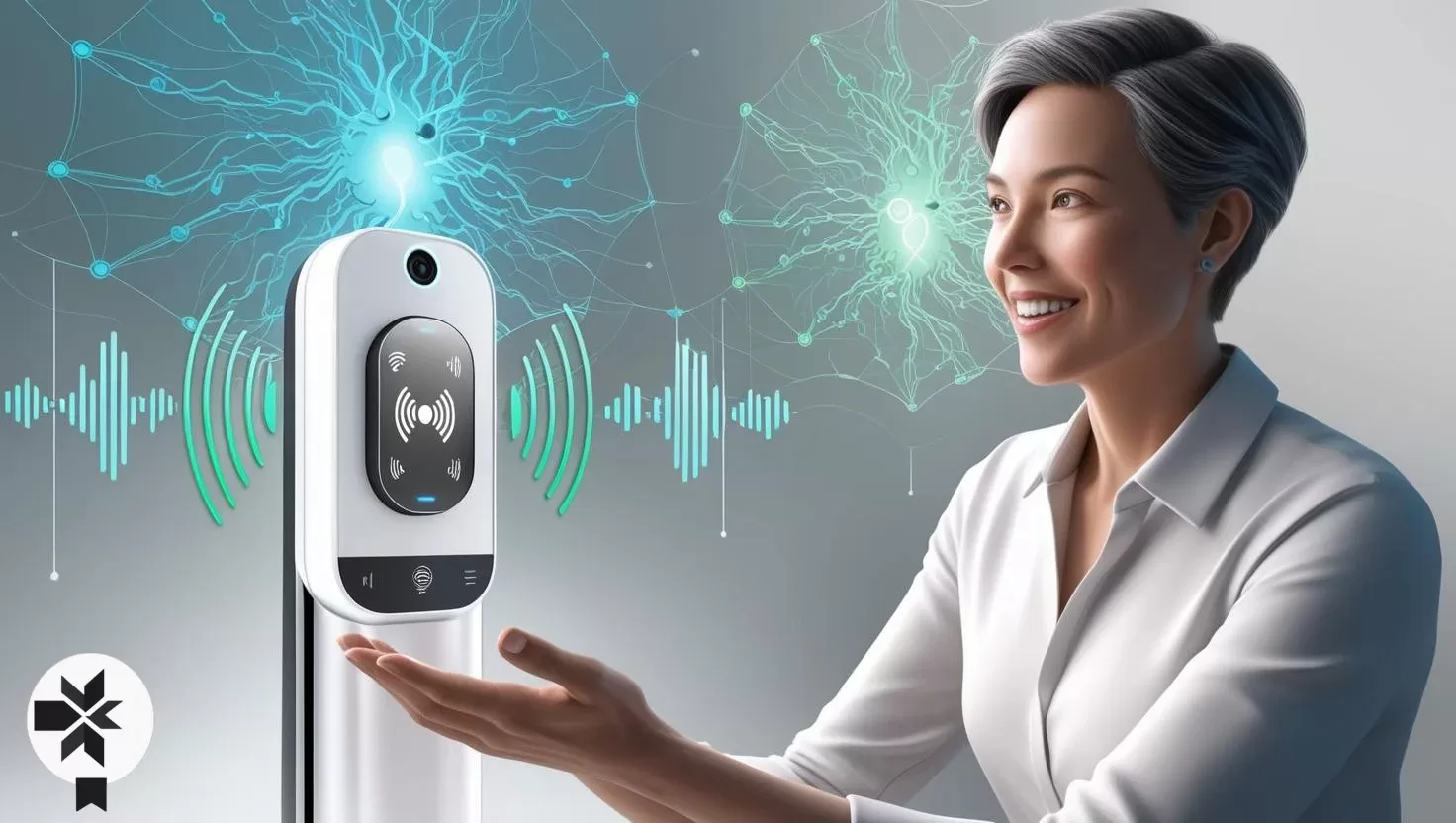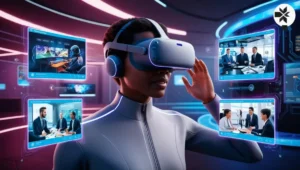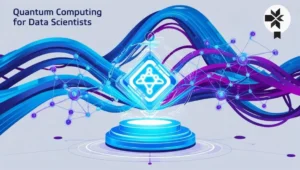AI voice generators have evolved into essential tools in communication, transforming everything from virtual assistants to content creation and accessibility. By mimicking human speech with remarkable accuracy, these systems are enhancing user interactions and offering new solutions for individuals with disabilities.
This blog explores how AI voice generation works, the advancements in Text-to-Speech (TTS) technology, and the significant impact these innovations have on modern communication. For a deeper dive into AI Voice Generators, check out our Pillar Page on AI Voice Generators: Revolutionizing Communication in 2025.
What Is AI Voice Generation?
AI voice generation refers to the use of artificial intelligence algorithms to create realistic, human-like speech from text. These technologies use deep learning models and neural networks to process and synthesize speech, making it sound natural and expressive. The ultimate goal is to replicate human speech patterns, emotions, and tones as closely as possible, enabling machines to communicate with people in an engaging and intuitive way.
How Do AI Voice Generators Work?
AI voice generators rely on sophisticated technology that breaks down text into phonemes, which are the smallest units of sound in speech. These systems then analyze these phonemes and combine them into a speech output that mimics human voice nuances, such as pitch, speed, and emotion.
- Natural Language Processing (NLP):
NLP is a key technology used by AI voice generators to understand and interpret text. It ensures that the voice output is contextually accurate, which means it can produce conversational speech, inflected with emotion or subtle tone changes, depending on the context. - Deep Learning Models:
Deep learning algorithms are trained on massive datasets of recorded human speech. These models learn the intricacies of speech, including variations in tone, cadence, and rhythm, to produce a lifelike voice that sounds natural. By continuously refining these models, AI systems can improve the accuracy and expressiveness of generated speech. - Speech Synthesis and Text-to-Speech (TTS):
The process of converting written text into speech is called speech synthesis. Over time, TTS technology has advanced from robotic-sounding voices to highly natural, expressive voices that closely resemble human speakers.
The Evolution of Text-to-Speech (TTS) Technology
The history of TTS technology goes back decades, but the evolution of AI has dramatically improved its capabilities. Early TTS systems were limited, producing robotic voices that were difficult to understand. However, recent developments in AI and machine learning have made TTS technology far more sophisticated.
- Early Developments:
In the 1950s and 1960s, the first TTS systems emerged. These systems were rudimentary, with voices that sounded stiff and unnatural. They relied on concatenative synthesis, where pre-recorded audio snippets were combined to form words and sentences. - The Rise of Neural Networks:
In the 2000s, neural networks revolutionized TTS technology by allowing AI to learn patterns in speech. This made it possible to generate more fluid and natural-sounding voices. The introduction of deep learning further enhanced the ability of these systems to generate voices that could mimic human speech more convincingly. - Current State of TTS:
Today, TTS systems, such as those used by Google, Amazon, and Microsoft, produce voices that are nearly indistinguishable from human speech. These systems use waveforms that can change pitch, speed, and intonation based on the context of the sentence, allowing for more engaging and expressive communication. - Customizable Voices:
Modern TTS systems allow for the customization of voices, enabling users to adjust characteristics like accent, gender, and tone. This has made TTS even more powerful, allowing businesses and individuals to create unique voices for various applications.
Applications of AI Voice Generation
AI voice generators have found applications in a variety of industries, bringing transformative benefits to each. Here’s how they’re being used today:
- Virtual Assistants:
Virtual assistants like Siri, Alexa, and Google Assistant rely on AI voice generation to interact with users in a more natural and human-like manner. These platforms have evolved from robotic voices to more conversational and personable interactions. - Content Creation:
Podcasters, YouTubers, and video content creators are increasingly using AI voice generators to produce voiceovers without the need for a professional voice actor. This makes content creation more efficient and cost-effective. - Accessibility:
AI voice generation plays a vital role in improving accessibility for individuals with disabilities. Text-to-speech tools help those with visual impairments or reading difficulties by converting written content into spoken words, making information more accessible. - E-learning:
AI voices are also transforming education by making e-learning platforms more engaging. With lifelike voices narrating lessons, learners are more likely to stay focused and retain information.
For more information on The Power of AI Voice Generators: Accessibility & Entertainment check out our cluster blog.
The Future of AI Voice Generation
As AI and TTS technology continue to evolve, we can expect several exciting advancements:
- Real-Time Voice Translation:
AI-powered voice generators could facilitate real-time voice translation, breaking down language barriers and allowing people from different cultures and backgrounds to communicate seamlessly. - Emotional AI Voices:
Future voice generators may have the ability to recognize and adapt to the emotional tone of conversations, allowing them to respond with more empathy and contextually appropriate emotion. - Personalized Voices for Therapy:
AI-generated voices could play an important role in healthcare, particularly in speech therapy and cognitive therapy, providing personalized experiences for patients with speech and language disorders.
Challenges and Ethical Considerations
While the potential of AI voice generation is vast, there are also challenges to address:
- Misuse and Deepfakes:
One of the biggest concerns is the potential for AI voice cloning to be used in malicious ways, such as creating deepfake audio for fraud or spreading misinformation. - Bias in Data:
Inadequate or biased datasets can result in AI voices that lack diversity or that are biased towards certain accents or dialects, limiting the inclusivity of the technology. - Job Displacement:
As AI voice generators become more advanced, there’s concern over the displacement of traditional voice actors in industries like entertainment, advertising, and education.
Conclusion: The Future of Communication
AI voice generation has already made a significant impact, and as we move into 2025 and beyond, its role in communication will only continue to expand. From improving accessibility to revolutionizing content creation, the possibilities are endless. However, it is crucial to address the challenges associated with this technology responsibly to ensure its ethical and inclusive use.
AI voice generation is poised to revolutionize the way we interact with machines and each other, making communication more natural, inclusive, and efficient. The evolution of TTS technology has come a long way, and it will undoubtedly continue to shape the future of human-computer interaction.






